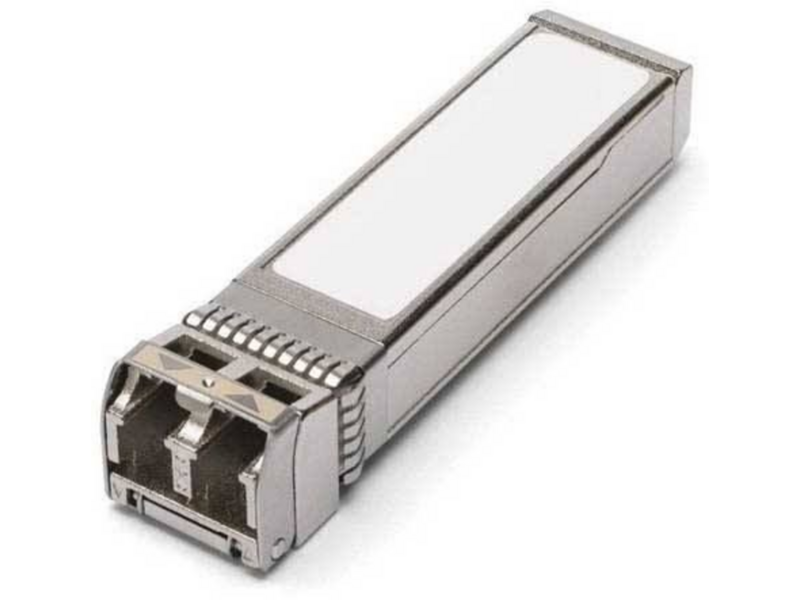Optical Transceivers: Essential Components for Fiber Optic Communication Systems

Optical transceivers, also known as optical transceiver modules, are key components that enable data transmission and reception over fiber optic cable networks. They contain a laser diode transmitter for converting electrical signals to light and a photodiode receiver for converting light back to electrical signals. By performing optical-electrical and electrical-optical conversions, transceivers allow fiber optic networks to transmit data, voice, and video information between systems and over long distances.
Transmitter components
Inside every Optical Transceiver module is a laser diode transmitter that converts electronic signals into light pulses. Laser diodes operate on the principle of stimulated emission, emitting coherent light when an electrical current is passed through a p-n semiconductor junction. For data transmission, the laser diode is directly modulated by the electronic input signal. As the current increases and decreases, the laser turns on and off at fast speeds, encoding the data as a series of optical pulses. Careful control of the driving current allows tight regulation of the laser's output power and wavelength. Additional elements like lenses focus and collimate the laser beam for efficient coupling into the optical fiber.
Receiver Components
At the receiving end, a photodiode converts the incoming light pulses back into an electronic signal. Most commonly used are PIN photodiodes, which have an intrinsic semiconductor region sandwiched between p-type and n-type layers. When photons strike the photodiode, electron-hole pairs are generated producing a photocurrent proportional to the light intensity. Transimpedance amplifiers then convert this current into a voltage signal. Additional amplification, filtering, and signal conditioning circuitry prepares the signal for further processing. Timing recovery and decision circuits retrieve the transmitted data from the modulated optical waveform.
Types of Optical Transceivers
There are several main types of optical transceiver modules optimized for different applications and transmission distances:
- SFP/SFP+ (Small Form-factor Pluggable) - Supports data rates up to 10 Gbps over distances of up to 500 meters. Commonly used in data centers and enterprise networks.
- XFP (10 Gigabit Small Form Factor Pluggable) - Supports 10 Gbps data rates over longer reaches up to 40 km using DWDM technology. Used in metro, LAN and optical transmission systems.
- CFP (C Form-factor Pluggable) - Supports high-speed 100 Gbps and above transmission over distances up to 10 km. Used in core networks and high-capacity router/switch backplanes.
- QSFP/QSFP+ (Quad Small Form-factor Pluggable) - Supports up to 40 Gbps and handles duplex LC or MPO fiber connections. Used in backbone networks, switches and servers.
- CFP2 - Supports data rates from 100 Gbps up to 200 Gbps and transmission distances of multiple kilometers. Used in long-haul and submarine networks.
- CFP4 - Newest generation supporting 400 Gbps and Above transmission rates and extended links of 10s of kilometers. Only starting to be deployed in the largest core networks.
Get more insights on Optical Transceivers
- Industry
- Art
- Causes
- Crafts
- Dance
- Drinks
- Film
- Fitness
- Food
- Games
- Gardening
- Health
- Home
- Literature
- Music
- Networking
- Other
- Party
- Religion
- Shopping
- Sports
- Theater
- Wellness
- News


